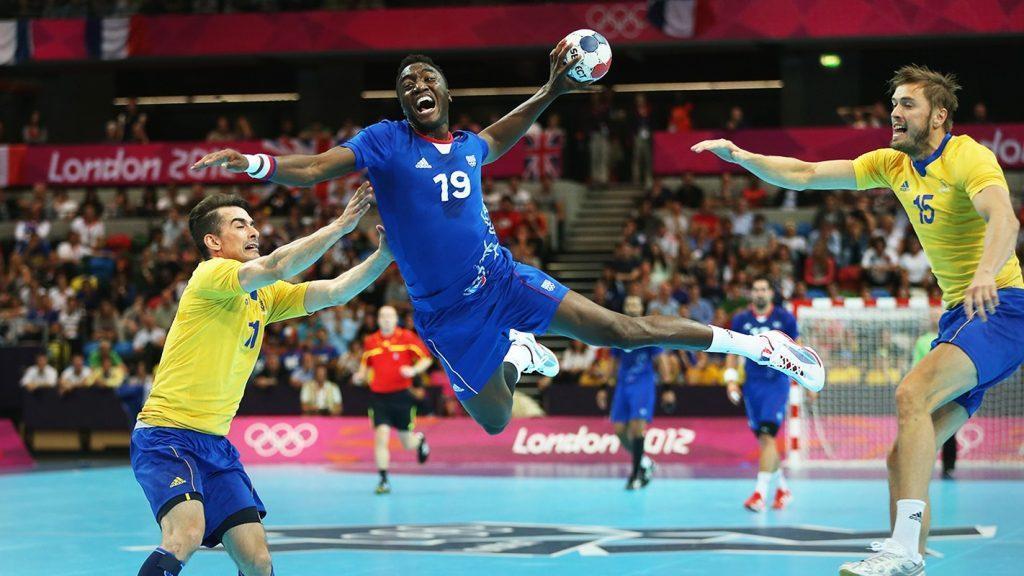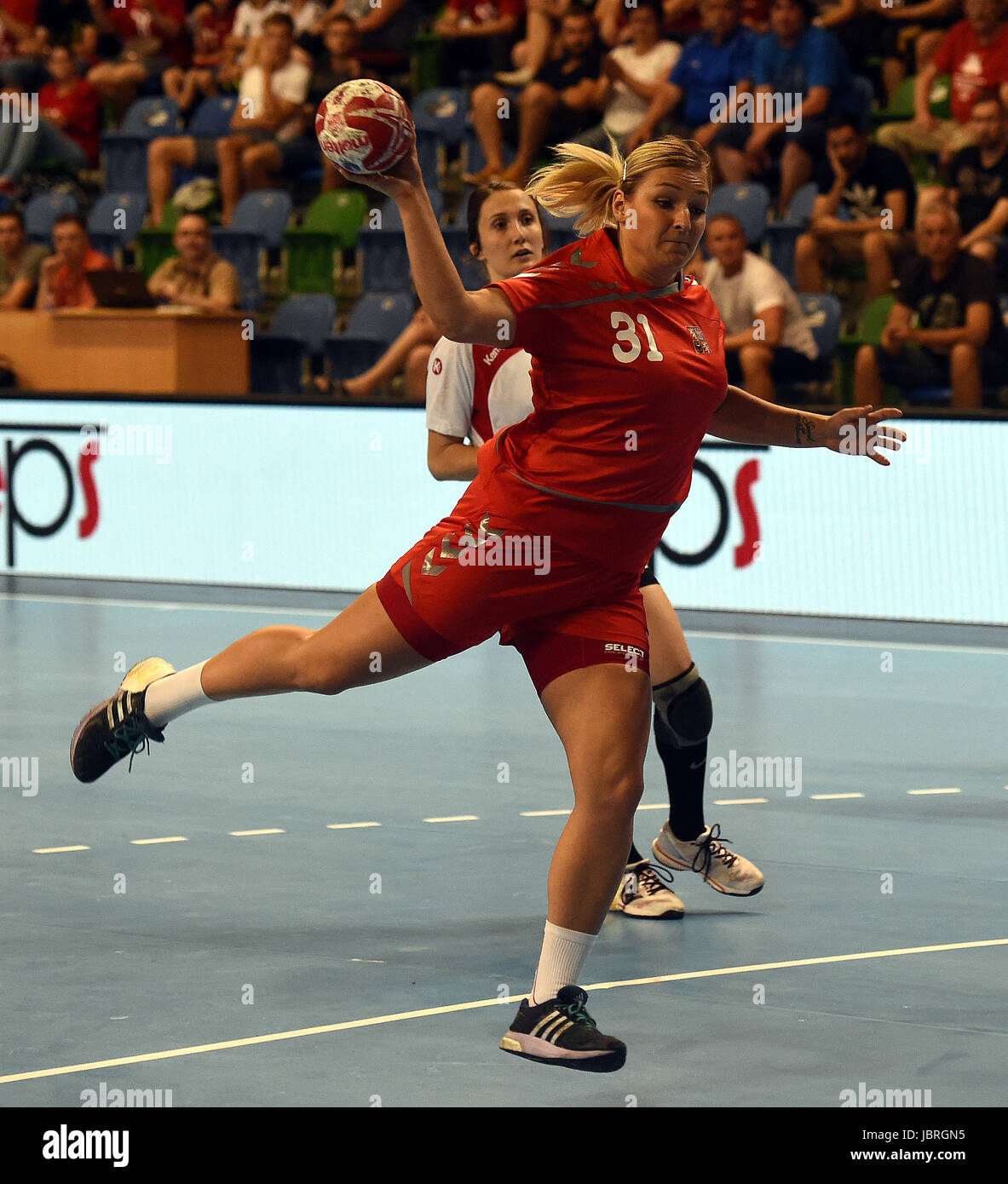History and Origins of Handball
History and Origins of Handball
Handball, a fast-paced and dynamic team sport, has gained widespread popularity across the globe for its thrilling gameplay and intense competition. Originating in Europe in the late 19th century, handball has evolved into a global sport with a dedicated following. In this article, we'll delve into the history, development, global impact, key players, teams, and the societal and economic implications of handball.
Handball traces its roots back to several different sports played in Europe in the late 19th century, including field handball, which was similar to soccer, and indoor handball, which was played in gymnasia. The modern version of handball, known as team handball or Olympic handball, was formalized in the early 20th century in Denmark, Germany, and Sweden. The sport's popularity grew rapidly, and it was included in the Olympic Games in 1936.
Evolution and Globalization of Handball
Handball's popularity expanded beyond Europe in the latter half of the 20th century, with the establishment of international federations and competitions. The International Handball Federation (IHF), founded in 1946, has played a pivotal role in promoting the sport worldwide and organizing major tournaments such as the World Men's Handball Championship and the World Women's Handball Championship. Today, handball is played in over 180 countries, with strong participation in Europe, Asia, Africa, and the Americas.
Major Handball Tournaments and Leagues
The Olympic Games feature handball as one of its premier events, showcasing the world's best men's and women's national teams. Additionally, continental championships such as the European Handball Championship, the Asian Handball Championship, and the Pan American Handball Championship provide opportunities for teams to compete at a regional level. At the club level, leagues like the German Handball Bundesliga, the French Lidl Starligue, and the Women's EHF Champions League showcase top-tier talent and competitive play.
Societal and Cultural Impact of Handball
Handball promotes teamwork, communication, and physical fitness, making it a popular sport for both recreational and competitive players. The sport is played in schools, universities, and community centers worldwide, fostering social interaction and healthy lifestyles. Handball's inclusivity and accessibility contribute to its widespread popularity among people of all ages, genders, and backgrounds.
Economic Implications of Handball
Handball generates revenue through various channels, including ticket sales, sponsorship deals, broadcast rights, and merchandise sales. Major tournaments and leagues contribute to the sport's economic growth, attracting investments from corporate sponsors and media partners. Additionally, handball-related businesses such as equipment manufacturers, apparel companies, and sports facilities support the sport's infrastructure and development.
Star Players and Teams in Handball
Handball has produced numerous legendary players and iconic teams that have left a lasting impact on the sport. Players like Nikola Karabatić, Mikkel Hansen, Cristina Neagu, and Nora Mørk are celebrated for their exceptional skill and achievements on the court. Teams such as France's men's national team, Denmark's women's national team, and clubs like THW Kiel, Paris Saint-Germain Handball, and Győri Audi ETO KC are renowned for their dominance in the sport.
Future Perspectives and Challenges
As handball continues to evolve, it faces challenges such as increasing competition from other sports, ensuring athlete welfare, and expanding its reach in emerging markets. Embracing technological advancements, promoting grassroots development, and enhancing fan engagement are critical for the sport's future growth and sustainability. Additionally, addressing issues related to governance, doping, and integrity will be essential in maintaining handball's integrity and credibility.
Conclusion
Handball's journey from its origins in Europe to its status as a global sport is a testament to its enduring appeal and universal popularity. As handball continues to evolve and thrive, it will remain a source of inspiration, entertainment, and community for millions of players and fans around the world. Whether played on indoor courts, outdoor fields, or sandy beaches, handball will continue to unite people of all ages, backgrounds, and cultures in the spirit of competition, camaraderie, and joy.
Kaynakça
- ^ a b c d "Tarihçe". Türkiye Hentbol Federasyonu. 4 Haziran 2011 tarihinde kaynağından arşivlendi. Erişim tarihi: 30 Haziran 2011.
- ^ "İletişim". Türkiye Hentbol Federasyonu. 30 Temmuz 2010 tarihinde kaynağından arşivlendi. Erişim tarihi: 30 Haziran 2011.
- ^ "Ana Sayfa". Türkiye Hentbol Federasyonu. 29 Temmuz 2010 tarihinde kaynağından arşivlendi. Erişim tarihi: 30 Haziran 2011.
- ^ "Bot Verification". www.thf.org.tr. 2 Şubat 2024 tarihinde kaynağından arşivlendi. Erişim tarihi: 2 Şubat 2024.
- ^ "Bot Verification". www.thf.org.tr. 2 Şubat 2024 tarihinde kaynağından arşivlendi. Erişim tarihi: 2 Şubat 2024.
- ^ "Bot Verification". www.thf.org.tr. 2 Şubat 2024 tarihinde kaynağından arşivlendi. Erişim tarihi: 2 Şubat 2024.
- ^ a b c d e f "Bot Verification". www.thf.org.tr. 2 Şubat 2024 tarihinde kaynağından arşivlendi. Erişim tarihi: 2 Şubat 2024.











































